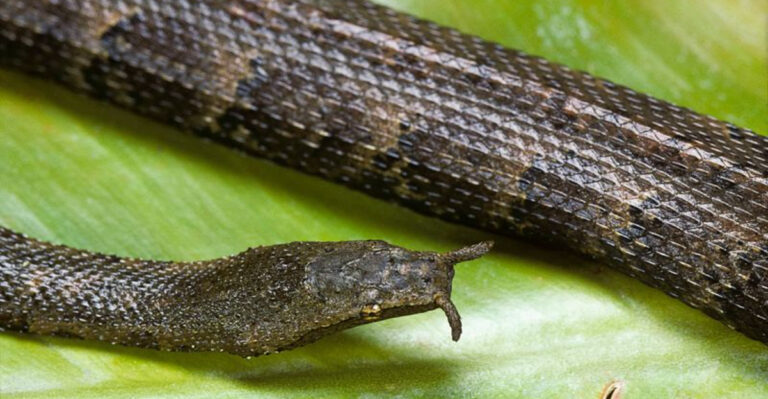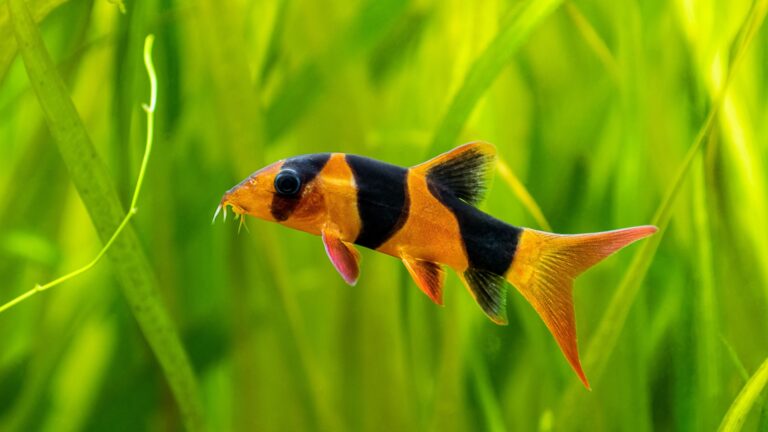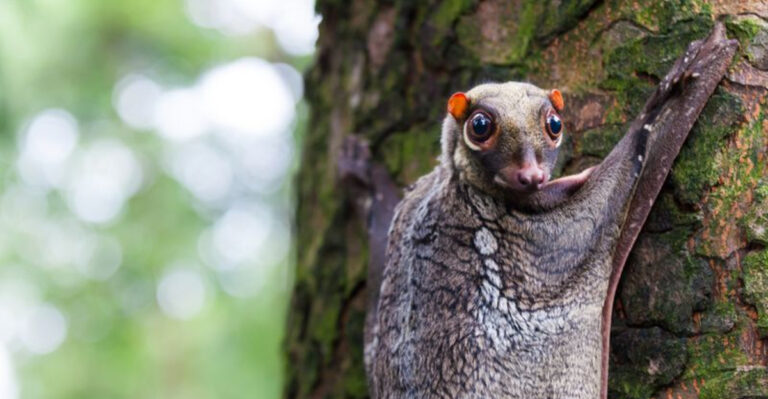15 Rugged Dog Breeds With The Instincts To Thrive In The Wild
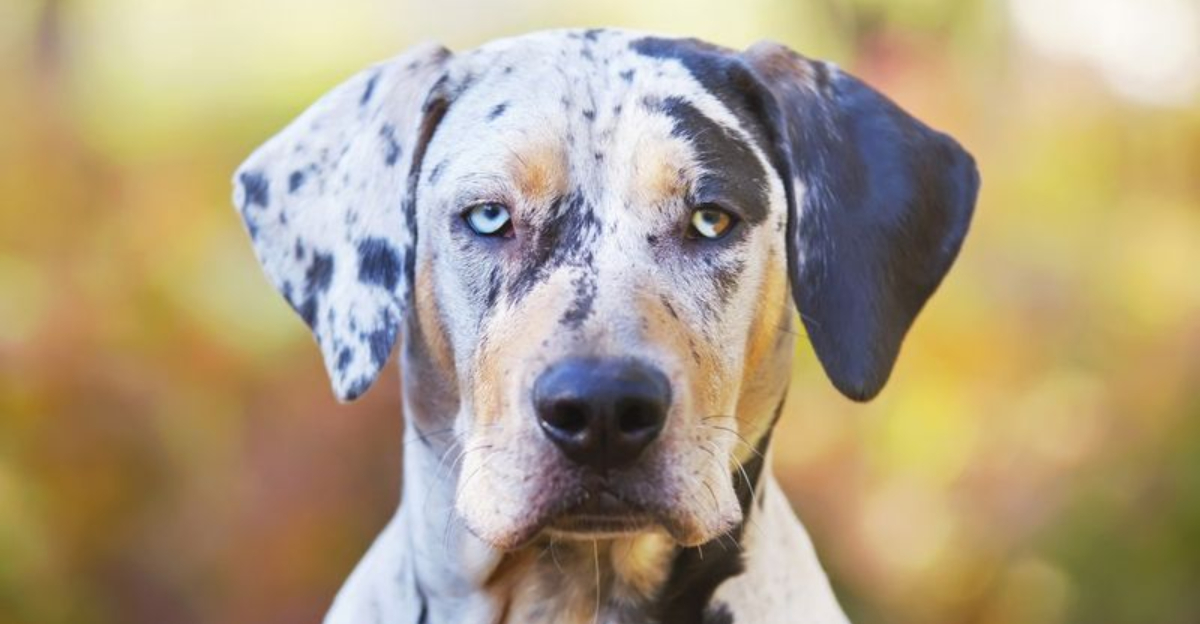
Dogs might be our cuddly companions, but many breeds still carry the raw survival skills of their wild ancestors.
Long before they became our furry family members, these canines hunted, tracked, and protected themselves in harsh environments.
1. Siberian Husky: Born Snow Survivors

Bred by the Chukchi people of northeastern Asia, Siberian Huskies evolved to thrive in Arctic conditions. Their double-layer coat insulates against temperatures as low as -60°F while their efficient metabolism requires surprisingly little food for their size.
Huskies instinctively know how to dig snow dens for shelter and possess remarkable problem-solving abilities. Their pack mentality means they naturally coordinate with others to hunt and survive.
2. Australian Cattle Dog: Outback Survivor
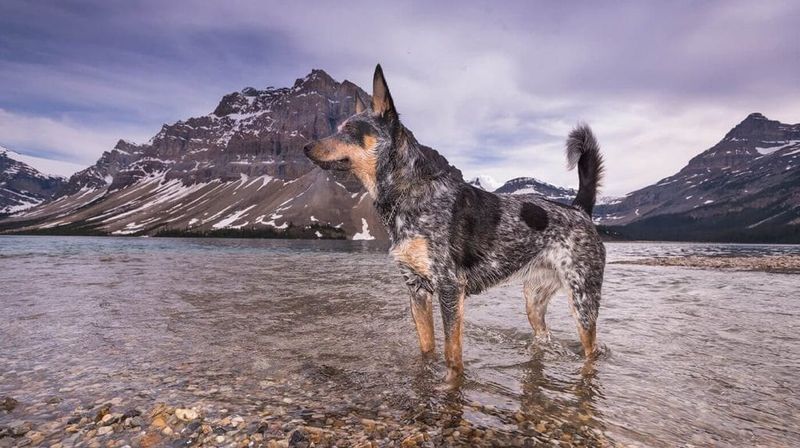
Forged in the harsh Australian Outback, these dogs developed unmatched endurance and intelligence. They can work tirelessly in 100°F heat thanks to their weather-resistant double coat that protects against both scorching sun and chilly nights.
Natural herding instincts translate to hunting prowess, while their independent problem-solving makes them self-sufficient. These dogs instinctively conserve energy and water—crucial survival skills in arid environments.
3. Alaskan Malamute: Arctic Power Machine

Ancient companions to the Mahlemut Inuit tribe, these powerhouses evolved to pull heavy sleds across frozen tundra. Their thick coats include a woolly undercoat that traps heat and an oily outer layer that repels moisture—perfect for harsh northern conditions.
Malamutes possess incredible strength-to-weight ratios and can instinctively find safe paths across ice. Their broad paws work like natural snowshoes, distributing weight to prevent sinking into snow.
4. Norwegian Elkhound: Viking’s Wilderness Companion
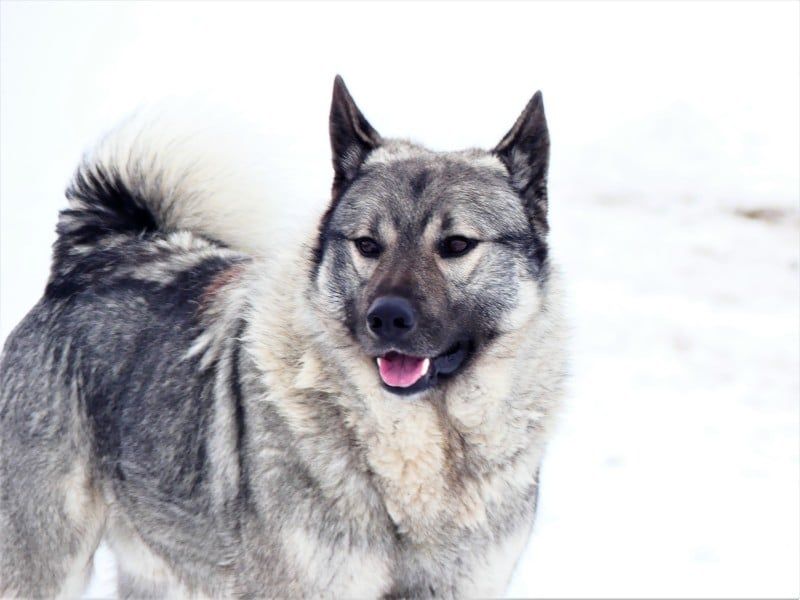
These ancient Nordic dogs hunted alongside Vikings for over 6,000 years, tracking moose and bears through Scandinavian forests. Their unique gray double coat provides insulation while naturally repelling snow and ice buildup.
Elkhounds possess exceptional scenting abilities that work even in freezing temperatures. They’re natural trackers with the stamina to follow prey for days. Their distinctive bark-and-hold hunting technique—surrounding dangerous game while alerting hunters—shows remarkable survival intelligence.
5. Rhodesian Ridgeback: Lion Hunter Of Africa
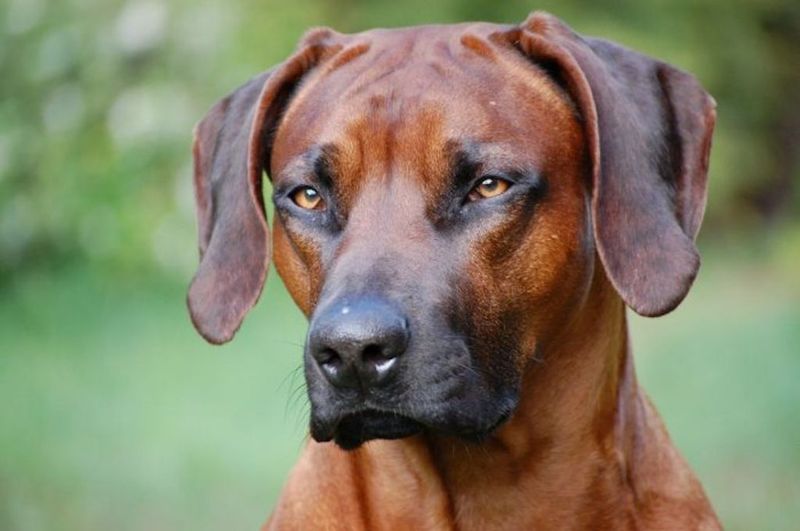
Originally bred to track and bay lions in the African bush, Ridgebacks combine remarkable heat tolerance with incredible endurance. The distinctive ridge of backward-growing hair along their spine isn’t just for show – it’s believed to provide protection during confrontations with predators.
Their short coat reflects sunlight while providing protection from thorny brush. Ridgebacks instinctively conserve water and can go long periods without drinking, a crucial adaptation for survival in arid environments.
6. Catahoula Leopard Dog: Swamp Country Survivor

Native to the bayous and swamps of Louisiana, Catahoulas developed as versatile hunters capable of tracking through water, mud, and dense vegetation. Their webbed feet make them exceptional swimmers, while their varied coat patterns provide natural camouflage in dappled forest light.
These dogs possess an uncanny ability to find their way through confusing terrain. Their independent thinking and natural territoriality make them self-sufficient survivors who can establish and defend territory in challenging environments.
7. Caucasian Shepherd: Mountain Guardian
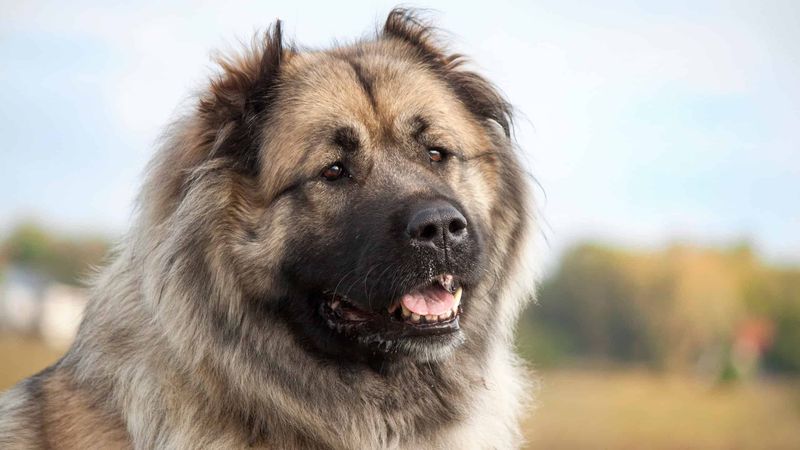
Developed in the harsh Caucasus Mountains, these massive guardians protected flocks from wolves and bears for centuries. Their incredibly thick double coat can withstand freezing mountain temperatures, while their powerful build lets them navigate rocky terrain with surprising agility.
Caucasians possess extraordinary territorial awareness and naturally establish perimeters. Their independent decision-making means they don’t need human direction to respond to threats. Perhaps most impressive is their ability to conserve energy, lying still for hours before explosive action.
8. Dingo: Australia’s Wild Canine
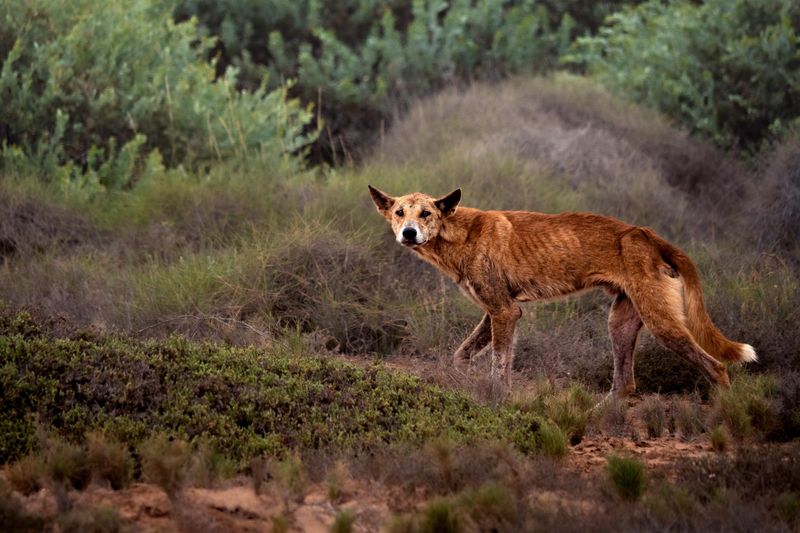
While technically not a breed but Australia’s wild dog, dingoes represent the perfect model of canine wilderness adaptation. Their lean bodies require minimal water and food, while their flexible diet includes everything from fruits to small mammals.
Dingoes possess remarkable problem-solving intelligence, demonstrated by their ability to open complex latches and solve environmental puzzles. They’re exceptionally quiet hunters, using stealth rather than stamina. Their distinctive howls serve as sophisticated communication across vast territories.
9. Carolina Dog: America’s Ancient Survivor
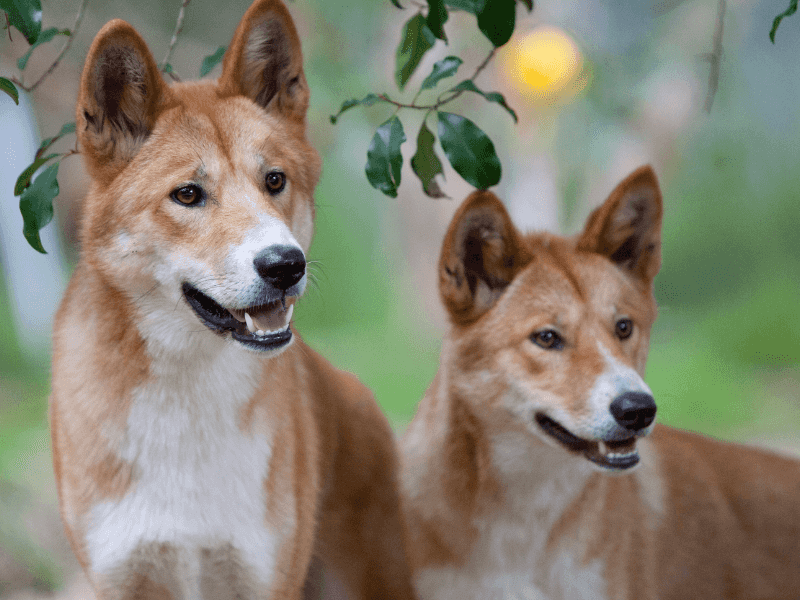
Also known as American Dingoes, these primitive dogs survived for millennia in the swamps and forests of the southeastern United States. Their distinctive fishhook-shaped tails and pointed ears serve as communication tools within their pack.
Carolina Dogs instinctively dig small, strategic holes to catch small prey. They build unique snout pits—conical depressions dug with their noses—for reasons still mysterious to science. Their natural breeding cycle aligns perfectly with optimal resource availability in their native environment.
10. Basenji: Congo Hunter
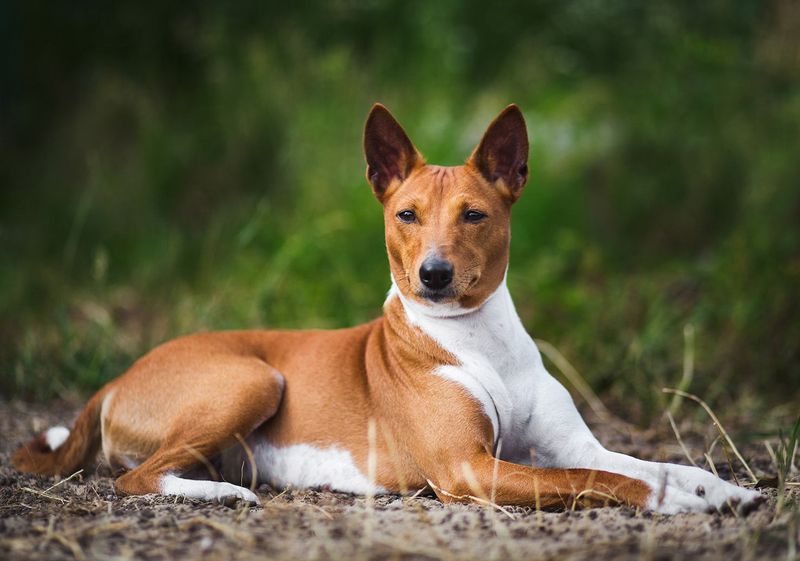
Africa’s “barkless dog” evolved in the dense Congo forests where silence was crucial for hunting. Instead of barking, they make unique yodel-like sounds called “barroos” when necessary, maintaining stealth while hunting.
Basenjis possess exceptional vision and can track prey visually through dense vegetation. Their short coats resist parasites while allowing quick movement through thick brush. Remarkably clean by nature, they groom like cats, reducing odors that might alert prey or attract predators.
11. Thai Ridgeback: Jungle Survivor
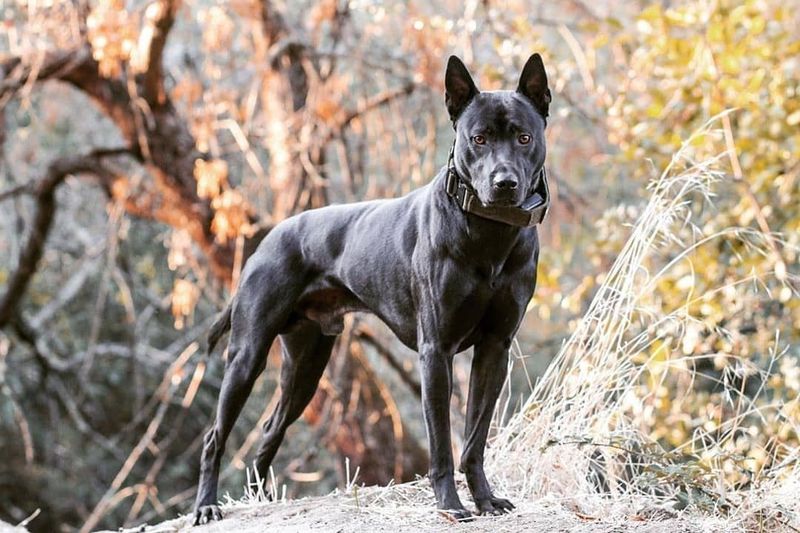
One of the world’s most ancient breeds, Thai Ridgebacks developed in isolation for over 4,000 years. Their short, velvety coats resist parasites while providing protection in tropical heat and humidity. Like their Rhodesian cousins, they sport a distinctive ridge of backward-growing hair.
These dogs possess natural climbing abilities rare among canines. They instinctively hunt reptiles, including venomous snakes, with remarkable precision. Their exceptional agility allows them to navigate dense jungle terrain while tracking prey through complex scent environments.
12. Canaan Dog: Desert Survivor

Believed to be one of the world’s oldest breeds, Canaan Dogs survived for thousands of years in the harsh deserts of the Middle East. Their light-colored, double-layered coats reflect sunlight while providing insulation against dramatic temperature shifts between scorching days and cold nights.
These natural sentinels possess extraordinary situational awareness and can detect approaching strangers from remarkable distances. They instinctively conserve water and energy in harsh conditions. Their unique digging techniques allow them to create cool shelters beneath the desert surface.
13. Akita: Mountain Hunter Of Japan

Developed in Japan’s rugged northern mountains, Akitas hunted bear and boar through deep snow and dense forests. Their broad, bear-like heads house powerful jaws capable of taking down large game, while their thick double coats protect against harsh mountain conditions.
Akitas possess remarkable navigation skills, naturally finding their way through complex terrain. Their webbed feet function as natural snowshoes in deep powder. Perhaps most impressive is their patience—they can remain motionless for hours while tracking prey, conserving energy until the perfect moment to strike.
14. New Guinea Singing Dog: Primitive Mountain Hunter
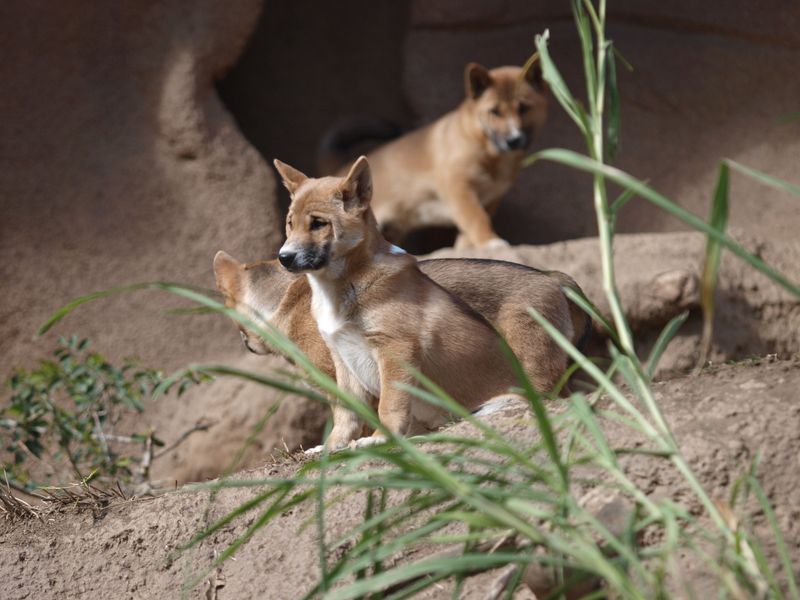
One of the world’s rarest and most primitive canines, these dogs developed in the remote highlands of New Guinea. Their unique vocalizations—complex, harmonic howls unlike any other canid—help them communicate across mountainous terrain where visibility is limited.
Their joints allow extraordinary climbing ability, easily scaling trees and navigating near-vertical surfaces. They possess remarkable problem-solving intelligence and can squeeze through incredibly narrow spaces. Their specialized hunting technique involves silently stalking prey before executing precisely calculated pounces.
15. Greenland Dog: Arctic Survivor

Working alongside the Inuit people for over 4,000 years, Greenland Dogs evolved to survive in one of Earth’s most unforgiving environments. Their incredibly dense undercoat provides insulation while their tough outer guard hairs repel snow, ice, and wind in Arctic conditions.
These dogs possess an innate ability to detect thin ice, naturally avoiding dangerous crossings. They instinctively dig snow dens for protection during blizzards. Their remarkable metabolic efficiency allows them to convert limited food resources into sustained energy—crucial for survival in environments where prey is scarce.

